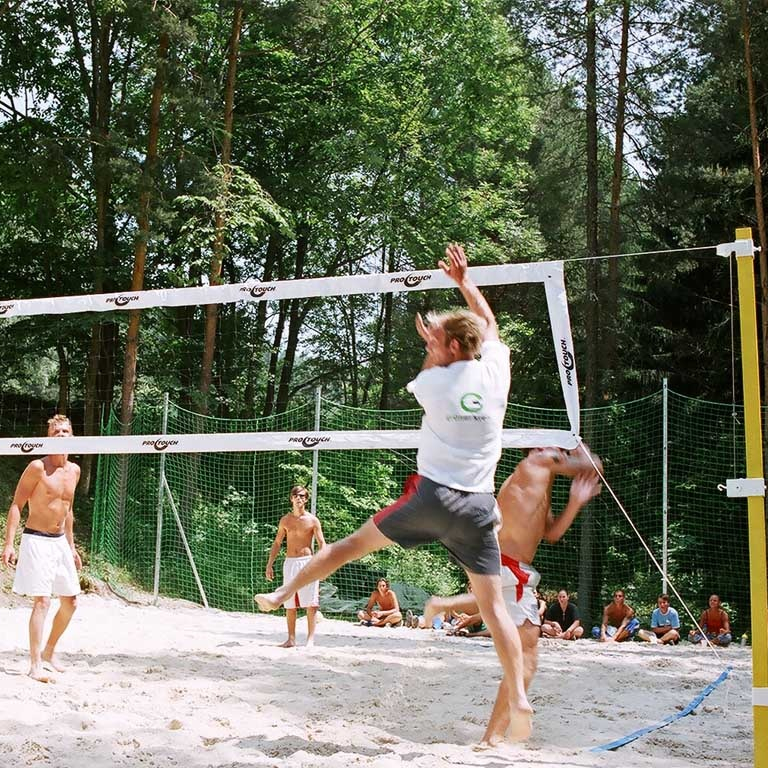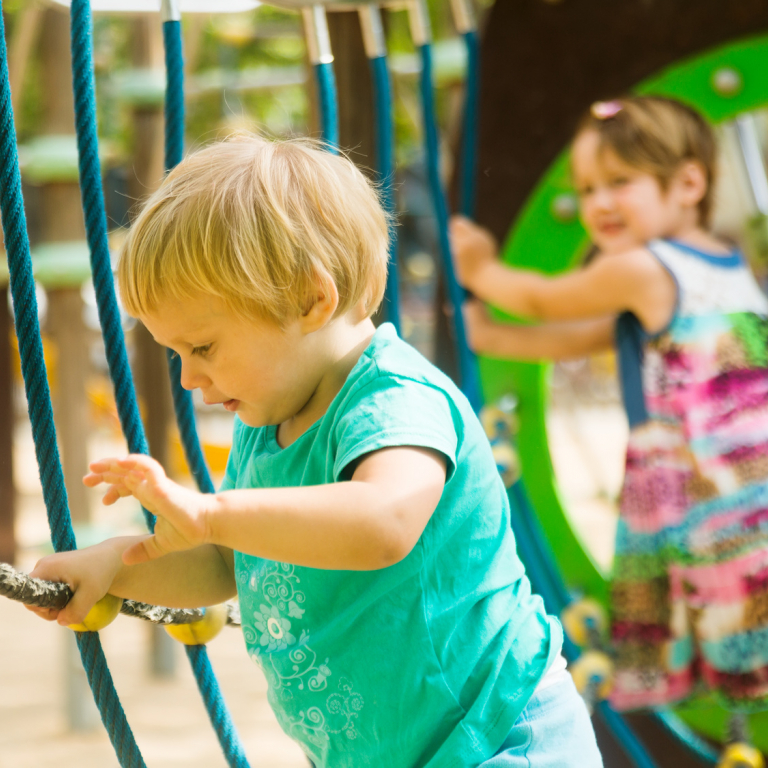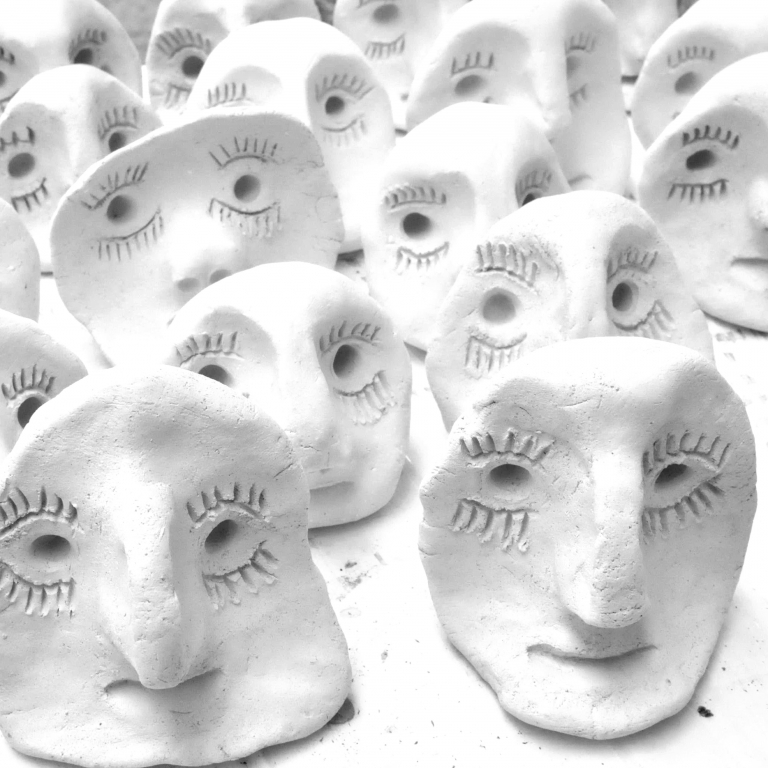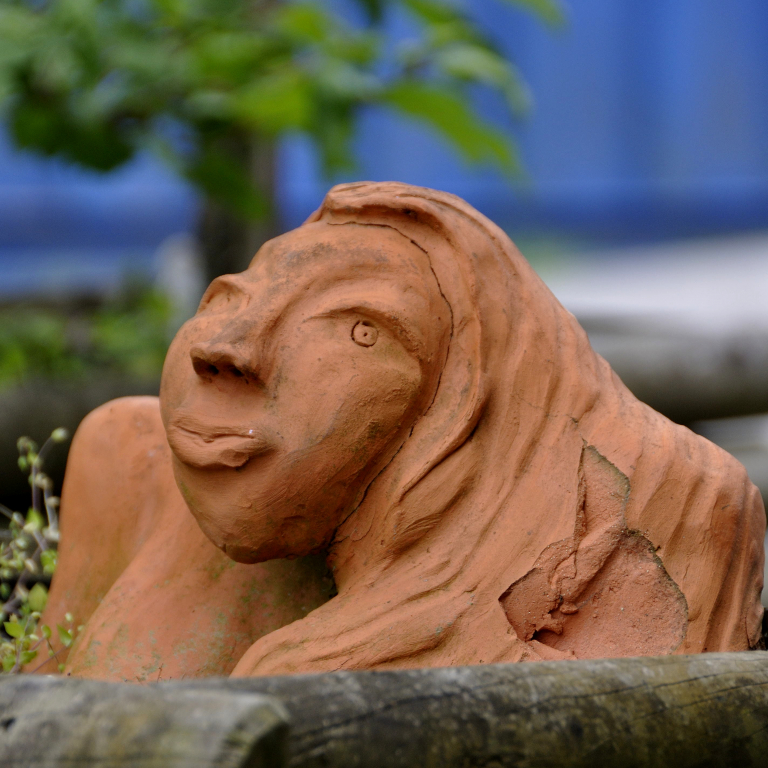Long-Term Therapy
Precondition
The preconditions for therapy/rehabilitation are: making contact with our counselling team (admission meeting), a positively completed physical withdrawal or partial withdrawal, and the clarification of the assumption of costs.
If a combination of the following points is present then long-term inpatient therapy is advisable:
- many years of SUD
- physical and/or psychological comorbidity
- preponderant lack of social structures (work, housing, relations etc.)
- inadequate coping strategies
- previous unsuccessful therapy attempts
- co-dependent reference system
- continuing cross-generation history of SUD
Duration
Long-term inpatient therapy lasts for 12 to 18 month, with the possibility of extension, and takes place in the association’s various inpatient institutions.
Target groups
Long-term inpatient therapy is intended for young people, adults with SUD, couples or mothers with children, multimorbid clients and people who need to reorganise and reorientate themselves and their lives. It is suited for people who have abused multiple addictive substances over a long period of time (polysubstance dependence), for people with SUD with psychiatric diagnoses, personality and/or socialisation disorders, psychiatric or physical secondary conditions and psychosocial anomalies.
Therapy & Objective
Therapy/rehabilitation
In the run-up to admission, together with those affected the Grüner Kreis counselling team works out a therapy plan for long-term inpatient therapy. In the process an appropriate inpatient option will be selected corresponding to the individual requirements and the existing problems. The clients are then prepared for the stay in the therapeutic community and admitted to the envisaged inpatient institution.
The “living together” in the therapeutic community is the most important basis for the therapy/rehabilitation of people with SUDs and the underlying psychiatric problems. The protective framework, the prescribed daily structure, the emotional cohesion and handling tasks together as they come up are all important. Psychological damage, behaviour and relation patterns that have developed out of the individuals’ background history become visible in living together as a community and can be worked on through the contact and support of the group.
Objective
The therapy objective is the experience of supportive, inter-personal relations and the recognition and understanding of connections between SUD and one’s own life history. As a result, new, meaningful purposes in life can be found, new coping strategies tried out and practical life skills can be acquired.
This form of support and therapy represents an opportunity for sustainable physical and psychological stabilisation and the discovery of new purposes in life and coping strategies. The objective is the sustainable rehabilitation and integration of clients. The focus is on getting used to leading an orderly working life that is abstinent or substituted without co-use, a secure housing situation, financial security, the discovery and promotion of resources, and making job decisions and/or starting occupational training.
Further mentoring as an outpatient is essential after an inpatient stay!
Duration
The therapy lasts 6 to 18 months. Intensive continued outpatient care following the inpatient stay is indispensable.
Target group
This special concept is intended for young people with SUD aged 14 to 18 and for young adults.
Consideration for the life situation
With young people with SUD it is a question of a particularly vulnerable group. Consideration for the specific life situation and the requirements of young people is therefore very important and necessary. Young men are housed in the Kinder- und Jugendhilfeeinrichtung sowie Sozialhilfeeinrichtung Waldheimat young women are cared for in the Kinder- und Jugendhilfeeinrichtung sowie Sozialhilfeeinrichtung Binder. In addition, this also houses young mothers and their children.
Therapy & Objectives
Therapy/rehabilitation
The focus in the therapy/rehabilitation is the bio-psycho-social 4-Pillar- therapy model. The emphasis is on the fostering of resources and becoming used to leading an orderly, abstinent working life. Alongside the encouragement of development, the improvement of the school and educational situation (e.g. repeating of secondary-school or apprenticeship, starting further education and training during the inpatient therapy, taking external examinations etc.) mentored by social workers and social pedagogues is decisive.
Positive experiences
The therapy period is marked and supported by living life together and learning. Young clients in particular require much positive experience of relationships. Development possibilities are there for them if genuine and stable relations with their therapists and carers are possible. This often demands a great deal of time. Stability and proximity, but also distance and boundaries (structures) are factors that shape this kind of relationship. This demands therapeutic and pedagogic skills.
Active leisure time, sport, art, creativity
An important component of this special concept is the active design of leisure time. Special programmes, in particular in adventure and experiential education have a great effect. Here it is a question of learning through experience. A balanced offer of stamina and experience-oriented sport is intended to facilitate the experience of self-esteem, pleasure, boundaries, teamwork and performance. For young people, closeness to nature and the experience of oneself in nature often opens up a completely new point of access to themselves.
Objectives
The focus is on getting used to leading an orderly working life that is abstinent or substituted without co-use, a secure housing situation, financial security, the discovery and promotion of resources, and finding an occupation and education.
“Forgotten children”
The children of addicted parents or mothers as a rule experience neglect or the absence of the secure relationships and emotional attention that they need for their own development. The children of addicted parents or mothers are usually left to fend for themselves. They are exposed to traumas and overtaxing situations which they cannot cope with on their own. In the relevant literature they are frequently described as “forgotten children”.
Target group
Drug-addicted parents who wish to or must change their SUD problem and the relationship with their children.
Risk of dependency-related disorders
Children can develop role patterns that involve a reversal in the roles of the parent/mother-child relationship (parentalisation). This is inhibiting and damaging for the children’s personal development. In this way, in many cases, anxiety, depression and other psychological symptoms develop, as well as the risk of developing dependency-related disorders themselves in adulthood.
During pregnancy
Children who are exposed to the toxic effect of alcohol and drugs in the womb during pregnancy may already come into the world with damage to their health (growth disorders, deformations, dysfunctions of the central nervous system etc.). Special attention must be paid to these problems in the therapeutic care and therapy/rehabilitation – with special preventative measures and therapy options for parents/mothers and their children.
Therapy & Objectives
Mothers who are addicted and want to live an abstinent life are admitted to the Kinder- und Jugendhilfeeinrichtung sowie Sozialhilfeeinrichtung Binder together with their children. A focus is on the care and therapy/rehabilitation of the addicted mothers. Here it is a question of support in the development of parenting abilities and the shaping of relations with the children. Work- and occupational therapy, clinical-health psychology, psychotherapy, special group options for mothers and/or fathers, self-help forums, support in child care, further education and training, medical and psychiatric care, care and mentoring by social workers, and sport and leisure time are the main cornerstones.
The Kinder- und Jugendhilfeeinrichtung/Sonderkrankenanstalt Marienhof has been offering therapy/rehabilitation for SUD substituting parents and their children since 2012.
Das Wohl der Kinder steht immer an erster Stelle
Wichtig sind hierbei sozialpädagogische, psychotherapeutische und klinisch-gesundheitspsychologische Maßnahmen, die auf die individuellen kindlichen Bedürfnisse und Nöte abgestimmt sind und natürlich die Möglichkeit zum Besuch von externen Kindergärten und Schulen.
The welfare of the children always comes first
What is important here is social-pedagogic, psychotherapeutic and clinical-health psychological measures that are adapted to the individual children’s requirements and of course offer the chance to attend external kindergartens and schools.
Objective
The main objective is prevention and breaking the cycle of SUD as well as promoting the development of the children, preventing detrimental living conditions and supporting the offer of reliable, stable relationships.
Since 2013 a cooperation contract has been in place between MAG ELF (Amt für Jugend und Familie) and the Vienna drug assistance network (SDHN) in relation to the care of pregnant women/mothers/fathers/parents who consume prescription and non-prescription psychoactive substances, and the care of their children.
Duration
The length of therapy is dependent on the clients’ requirements, the objective achieved or the respective level of development.
Target group
In this context, multimorbidity or comorbidity means the simultaneous existence of one or more psychiatric diagnoses (according to ICD 10, DSM 5) and a dependency disorder in one and the same person. This can be personality disorders, psychoses, affective disorders or anxiety disorders etc. Scientific research shows that a high percentage of people with dependency disorders also display symptoms of further psychiatric disorder.
Therapy & Objectives
Therapy/rehabilitation
The multimorbidity concept represents a comprehensive therapy model that is attuned to the individual requirements of the clients. Therapy places for these clients are available in all (Grüner Kreis) institutions, in particular in Johnsdorf, Marienhof and Villa . After the completion of the outpatient clarification and preparatory phase, and after a psychiatric expert opinion, those affected are admitted as inpatients in the respective therapeutic community. In each case, the integration and therapy/rehabilitation take place according to requirements and available resources, deficiencies and levels of development. Here the individual members of the therapeutic community “learning from one another” has proved to be particularly beneficial. As a rule, clients with comorbidity have significantly worse progress and chances in therapy unless both disorders can be treated in integrative gradual programmes.
Therapy programme
With admission to the therapeutic community, those affected can in principle take part in the whole therapy programme (occupational or work therapy, psychotherapy, trauma therapy, clinical-health psychological therapy/rehabilitation, education, training, sport, active leisure time, general medical and psychiatric therapy/rehabilitation, social-work mentoring, psycho-education, skills training, cognitive training, special theme groups, relaxation training, yoga, creative therapy, cogpack etc.) The appropriate therapy plan is drawn up together with those affected and adapted to the respective development.
Objective
The objective is an abstinent or substituted life without co-use, the development and testing of new coping strategies in dealing with the psychological symptoms, dependency disorder, everyday life and fellow people, as well as the increase of self-awareness and tolerance of frustration, the acquisition of practical life skills, and ultimately the rehabilitation/integration into society or subsequent residential and working projects.
For clients who wish to remain in the association, the concept of long-term inpatient care is available as a follow-up care possibility.
Changing living conditions
Ageing is a phase of reorientation that can be associated with the loss of familiar structures and independence. This can lead to stresses and problems and to a kind of self-treatment or self-medication with alcohol, sedatives or other substances. Older people who are affected primarily show combined alcohol and medicament problems. The loss of one’s job, retirement, consequent withdrawal, an inner emptiness, financial problems, the loss of relatives, loneliness, increased physical health problems and psychological secondary conditions (depression, anxiety, suicidal thoughts, eating disorders etc.) may be factors in an SUD .
Therapy /rehabilitation
Occupational and working therapy, clinical-health psychological and psychotherapeutic
therapy/rehabilitation, general medical and psychiatric care, special leisure options, special theme groups and mentoring by social workers are the main cornerstones. In addition, if desired mentoring in the substitution programme can be offered. An individual care and therapy plan is drawn up according to the existing physical and psychological situation.
Long-term care
There are cases in which reintegration into society, return to one’s own home or admission to existing care options in the health service cannot be considered. In such cases the association offers the possibility of inpatient long-term care with and without relocated form of residence. The farthest-reaching guarantee of independence and self-determination represents a chance for older people with SUDs to experience old age in dignity.





